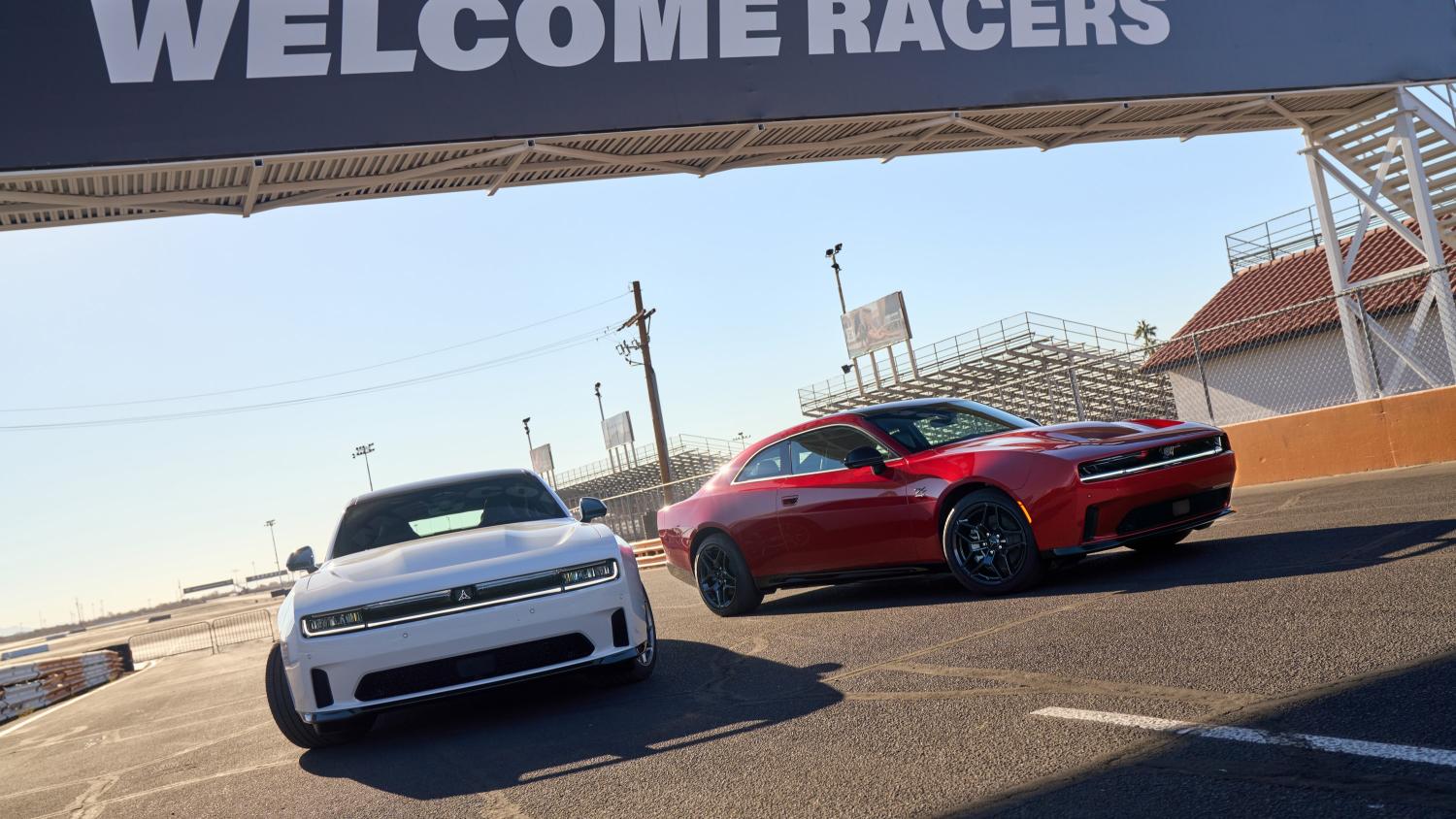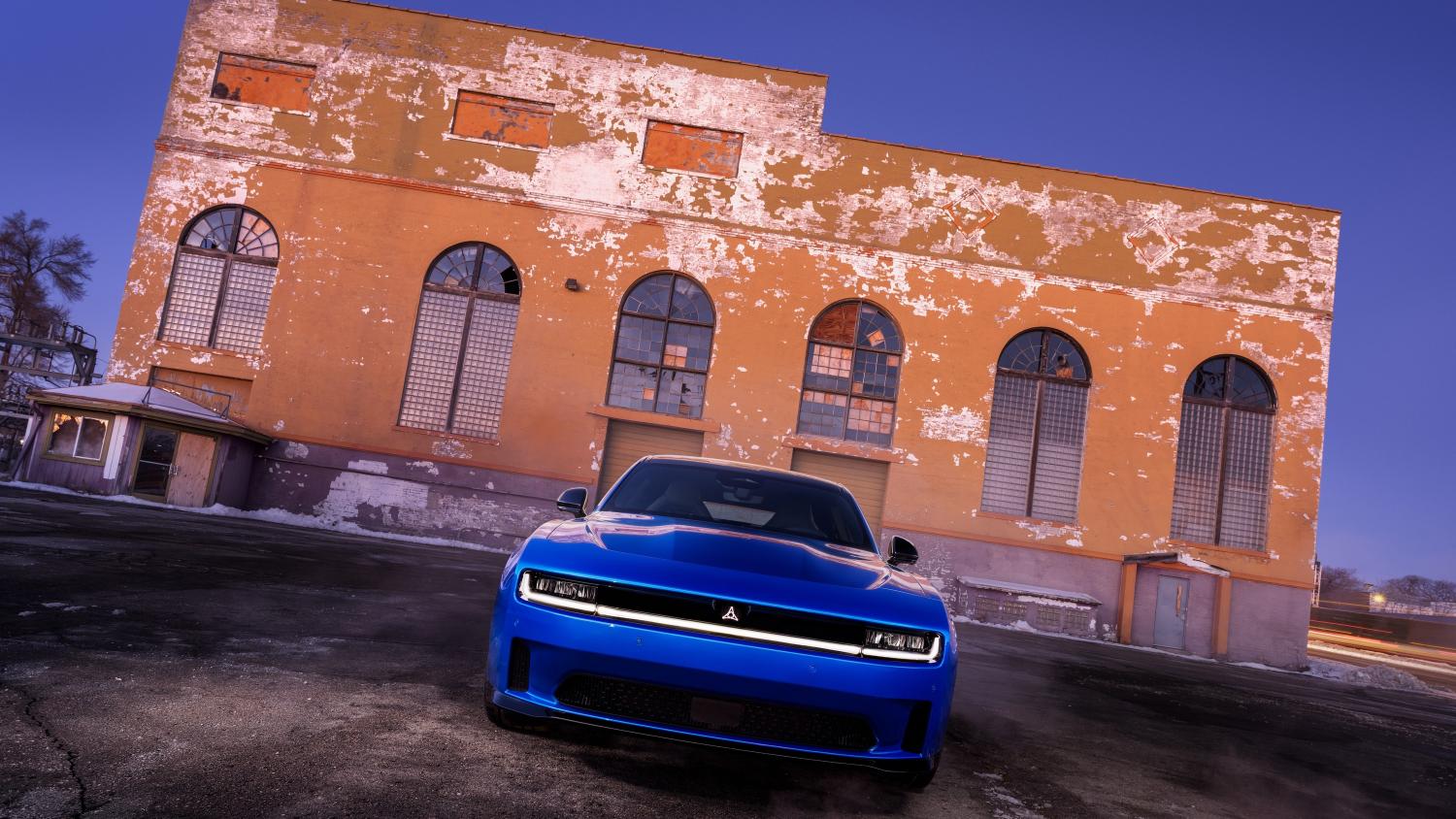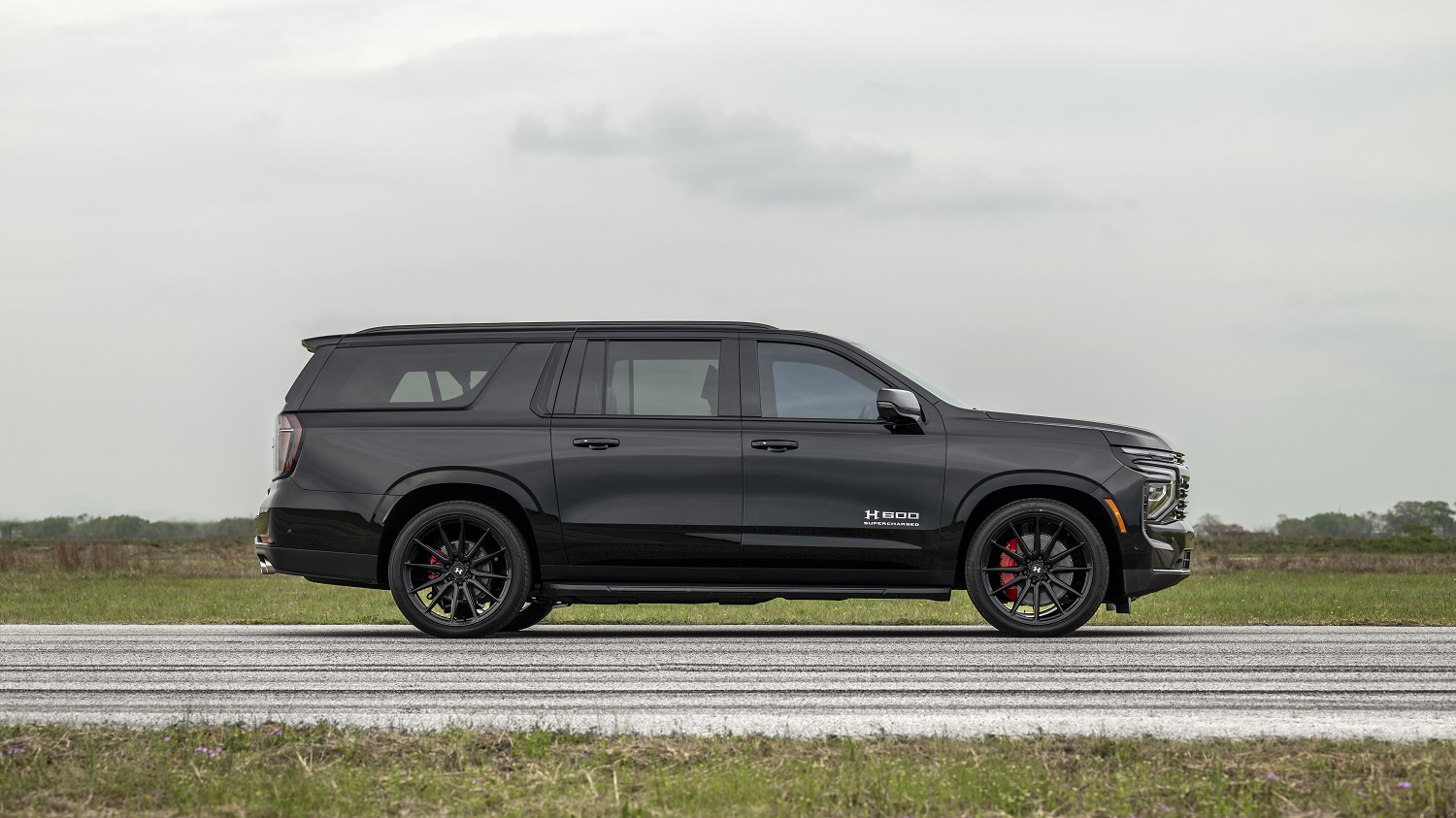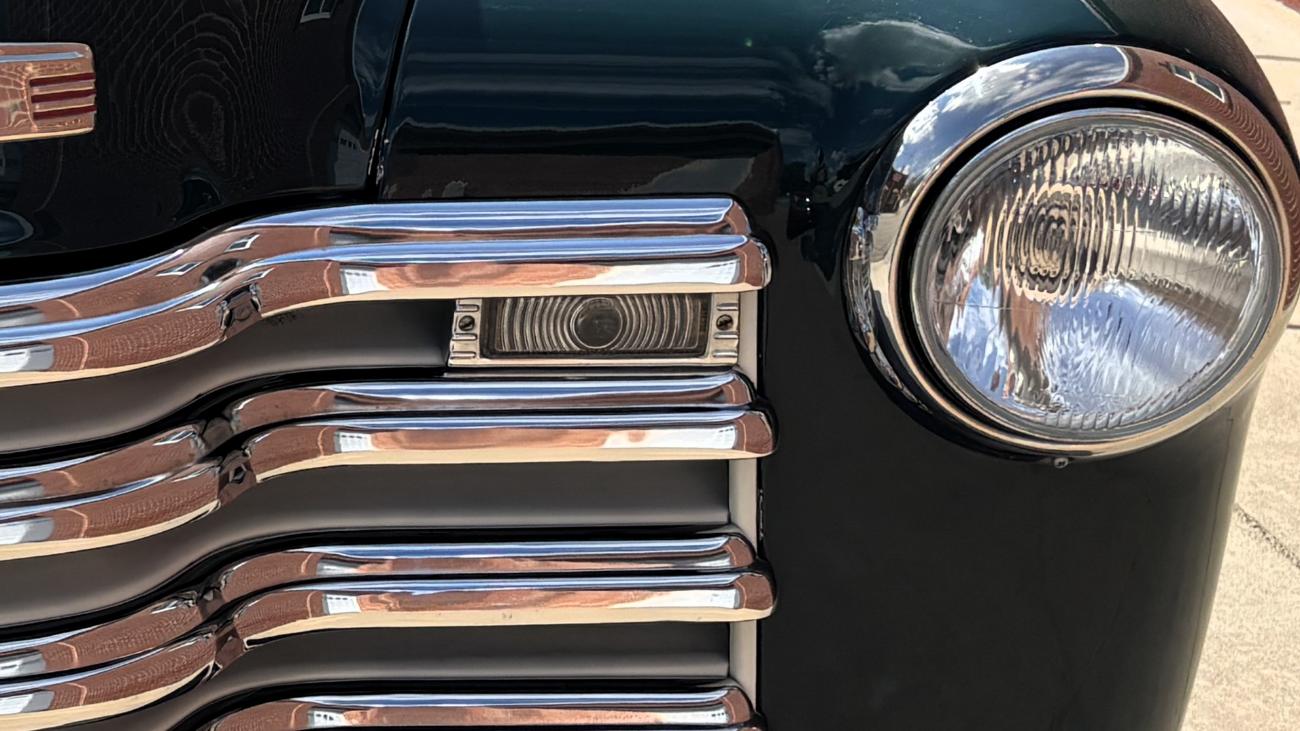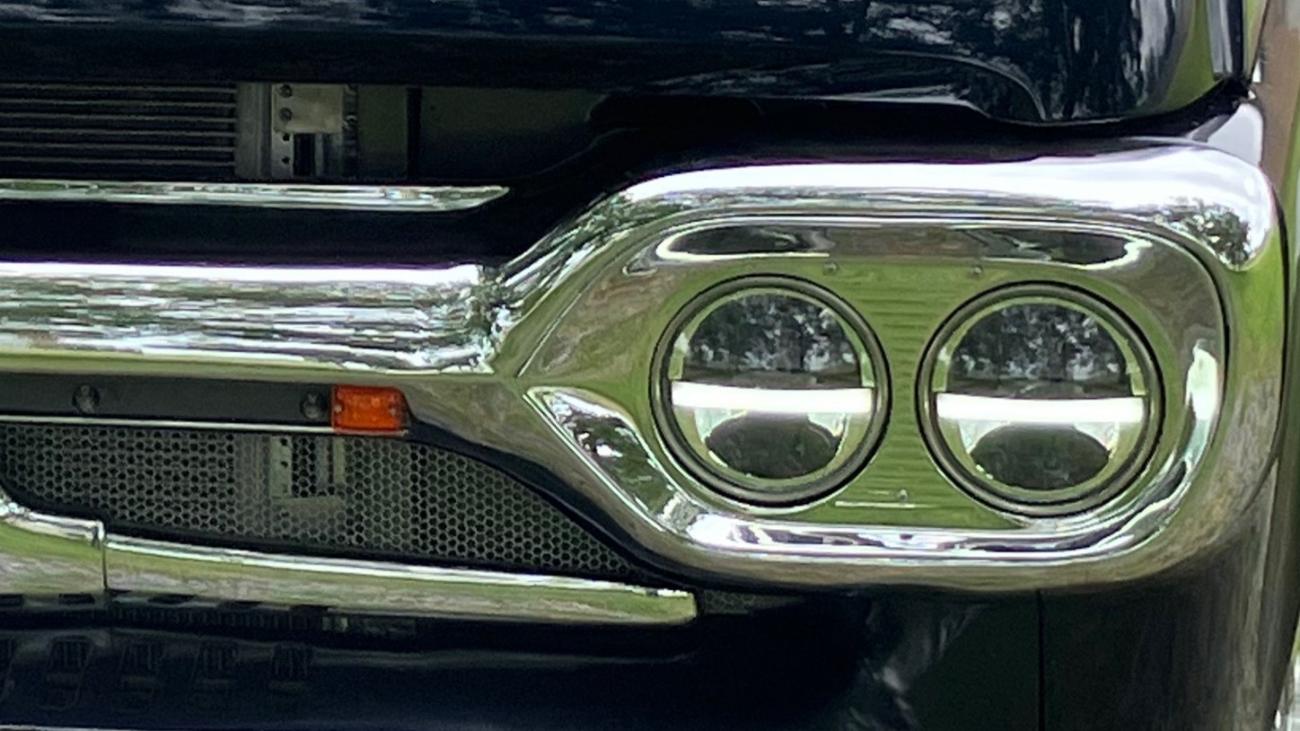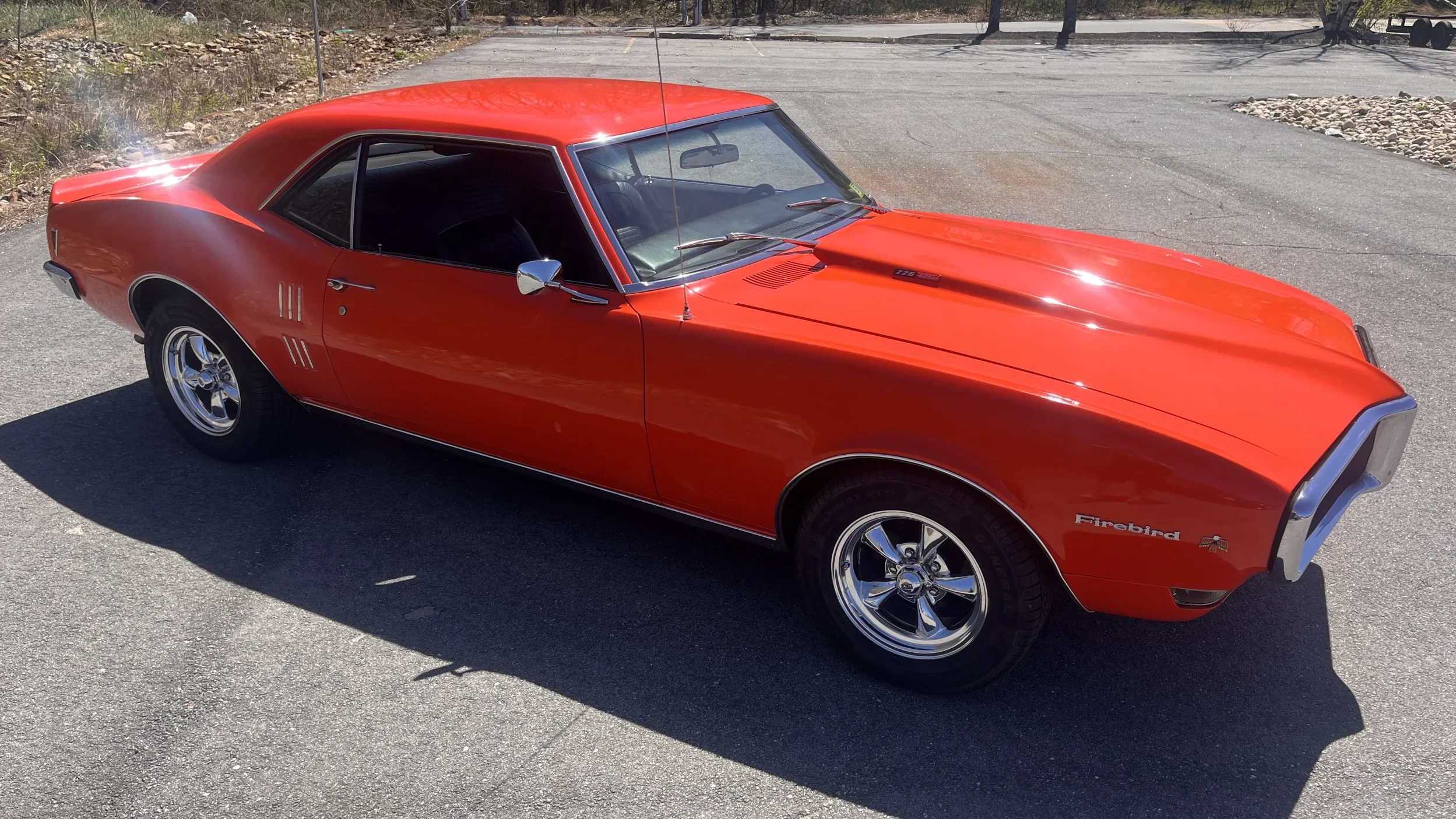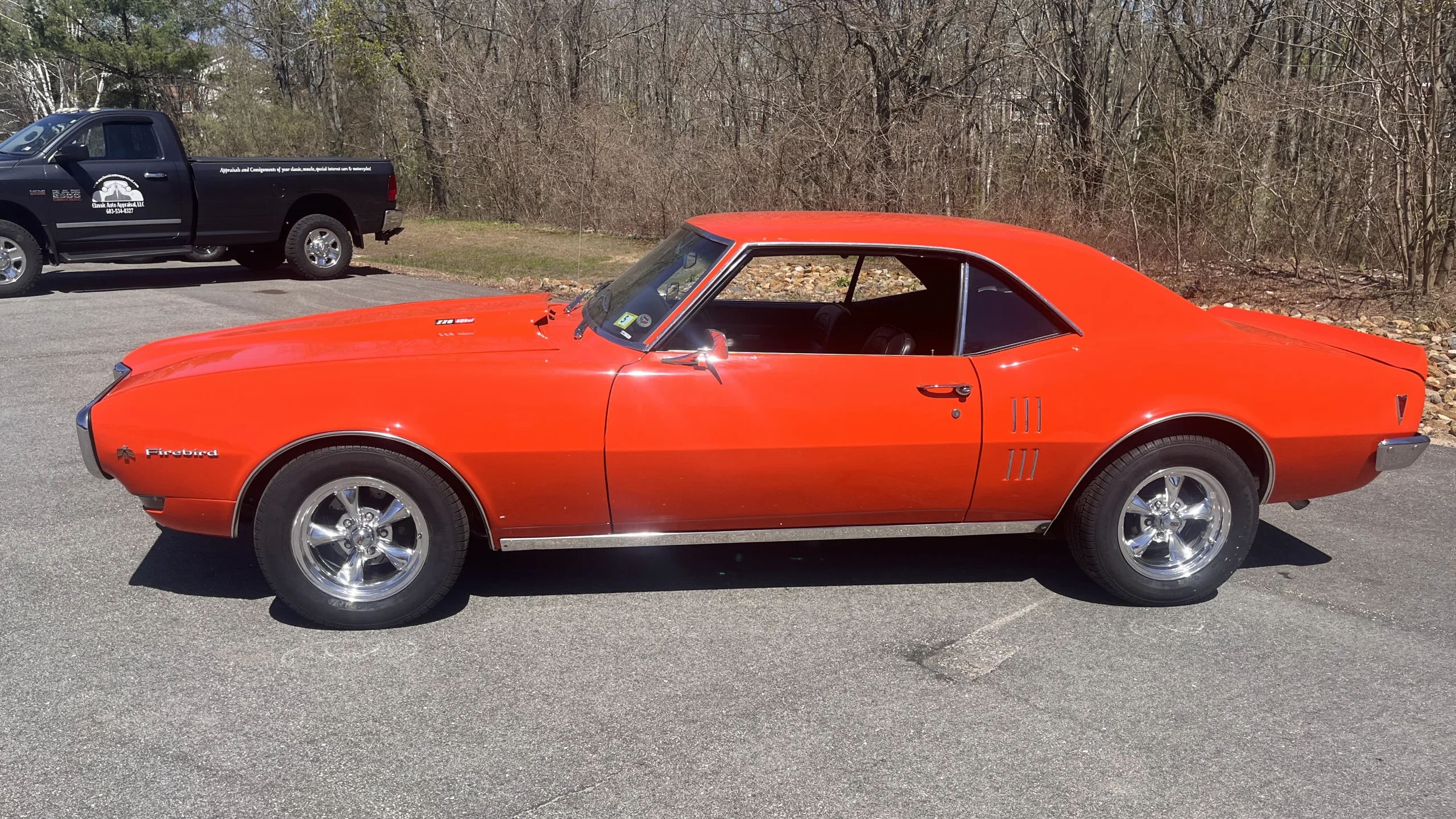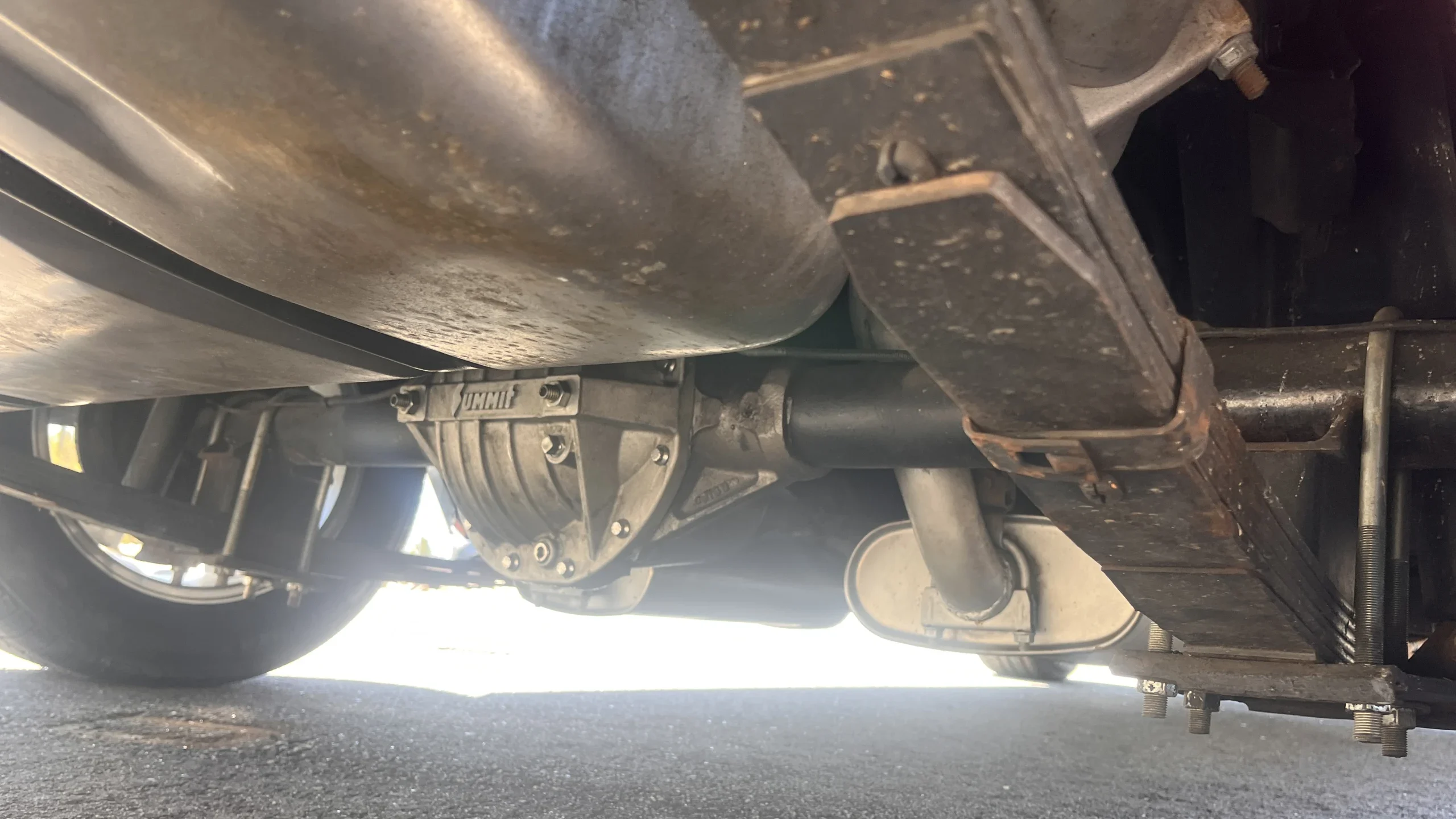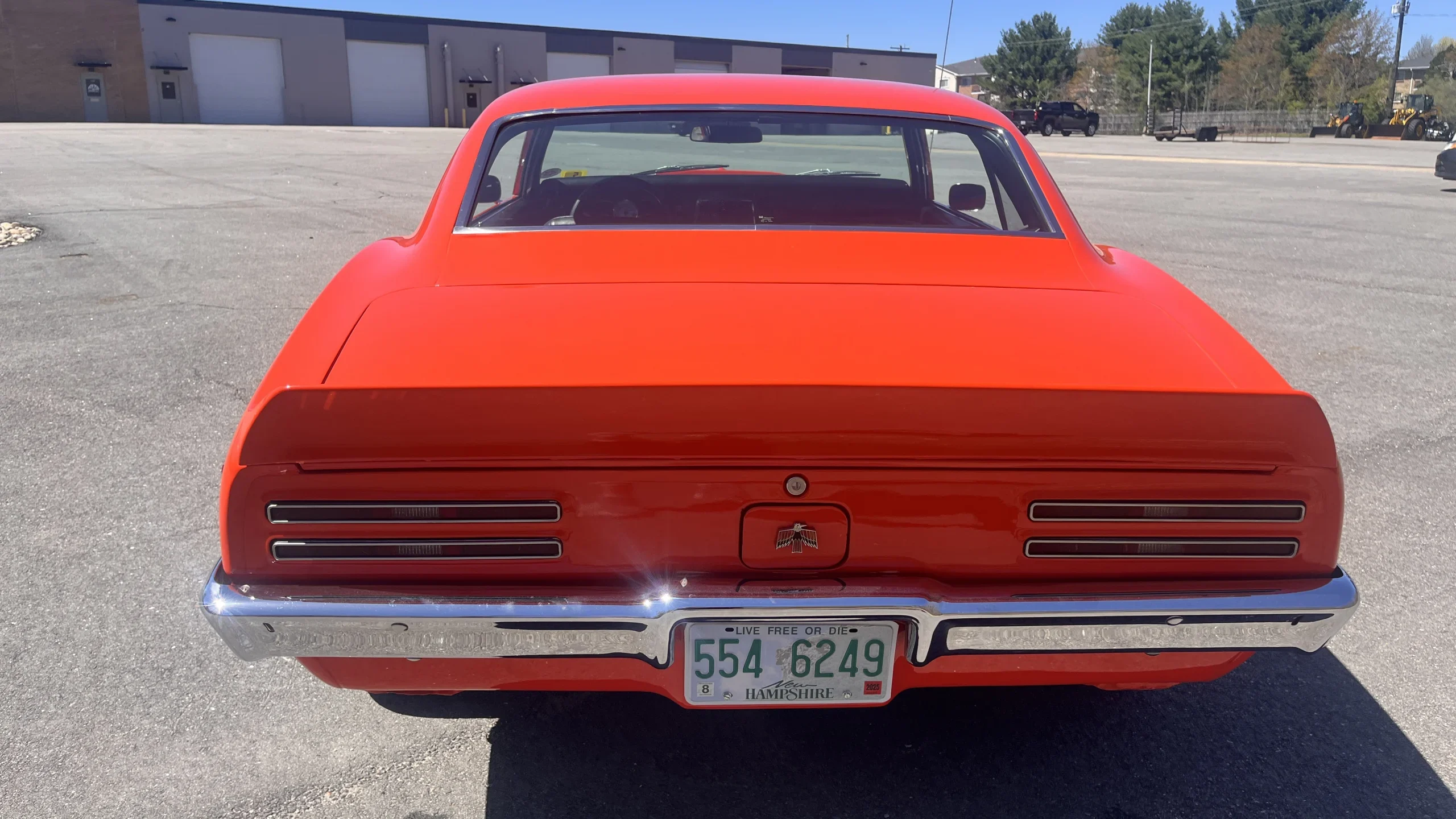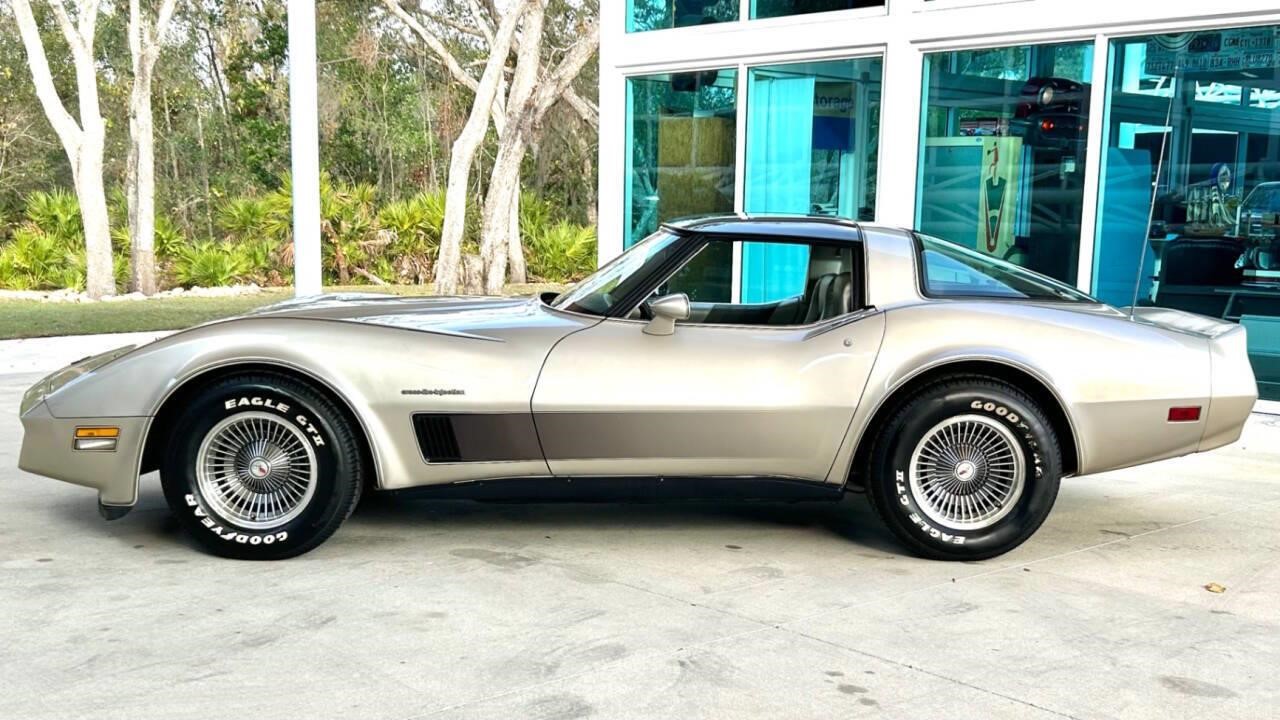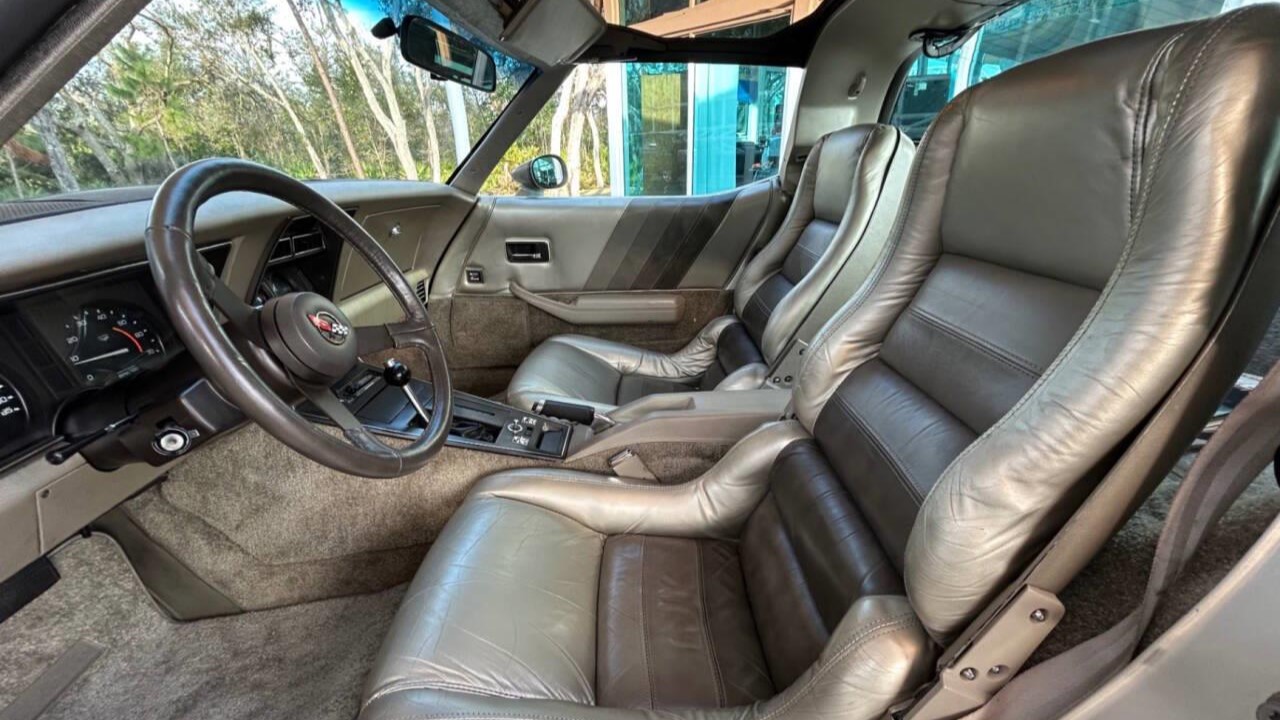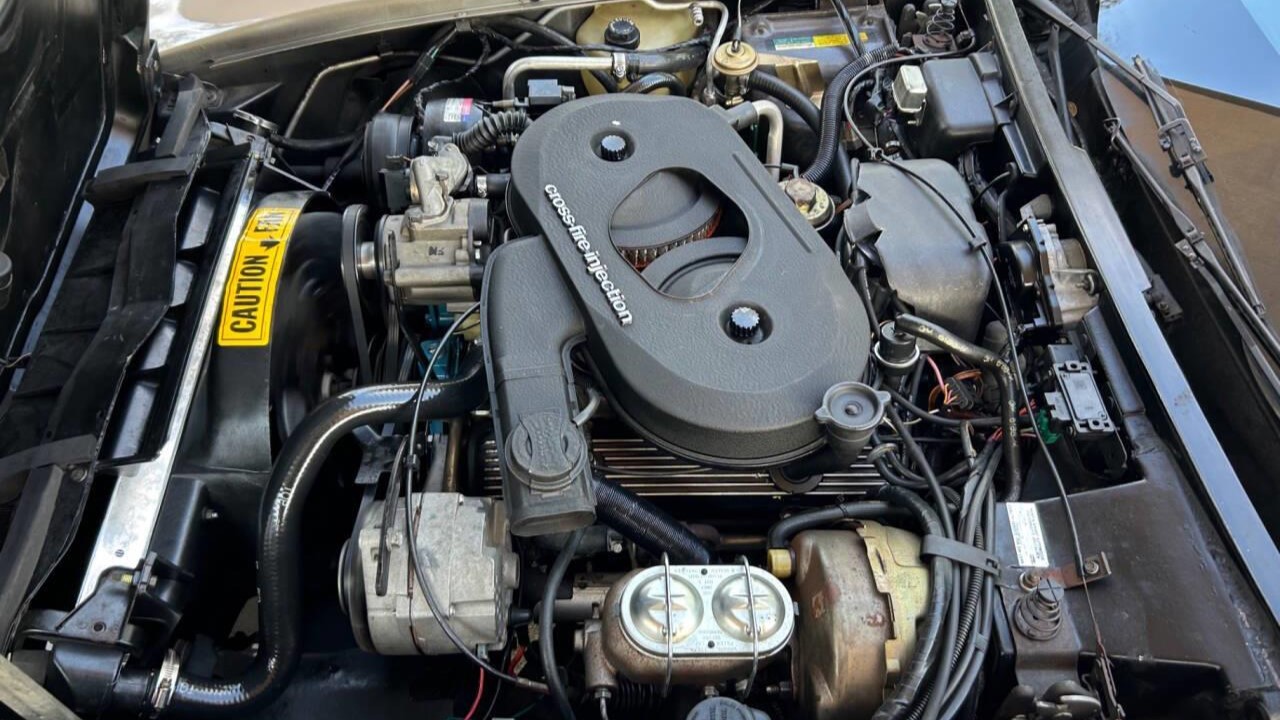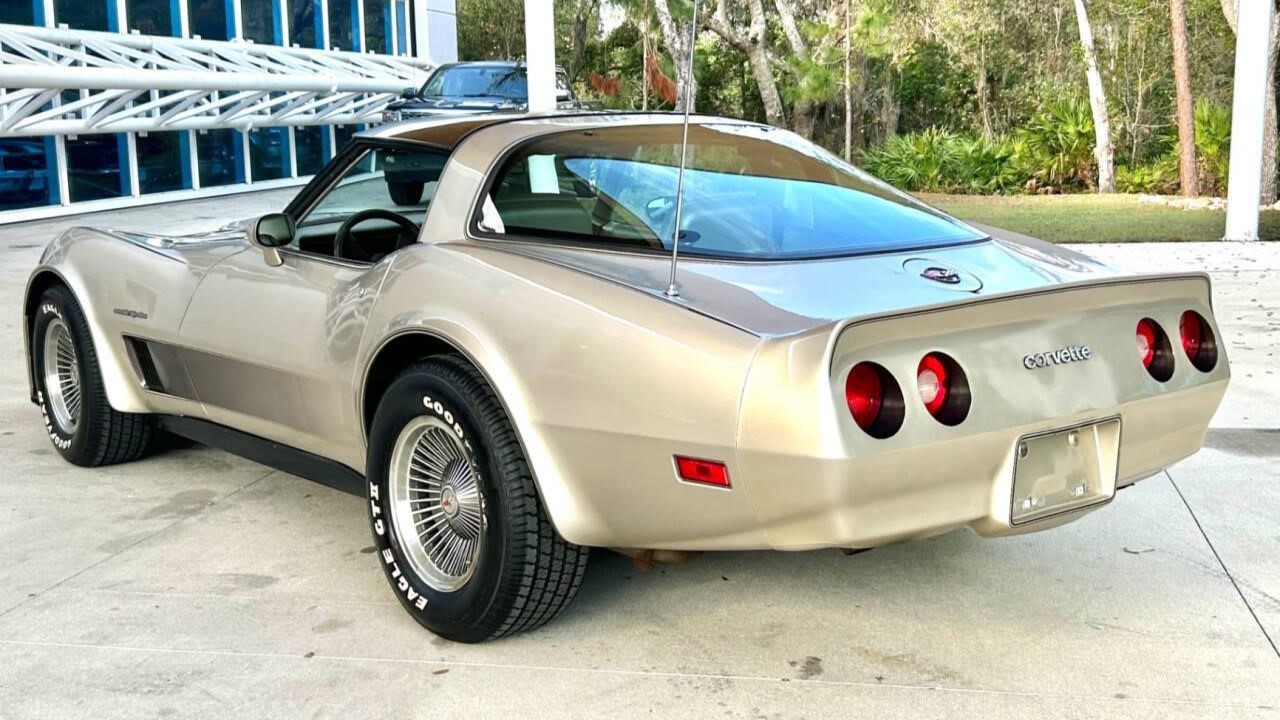This steel-bodied 1934 Ford Model 40 five-window coupe was retained by the same family from 1942 through 2024, and during that time it was modified into a hot rod. Power is supplied by a fuel-injected 302ci V8 linked to a four-speed automatic transmission and a limited-slip rear differential with 3.55:1 gearing, and its steel body is finished in black with green pinstriping over tan vinyl upholstery. The car rides on Heidts independent front and rear suspension, and additional equipment includes Kelsey-Hayes 15″ wire wheels, power-assisted disc brakes, power steering, a rumble seat, a glass sunroof, Vintage Air climate control, Stewart-Warner gauges, woodgrain interior trim, power windows, tilt steering, a stainless-steel firewall, and a dual exhaust system. The selling dealer acquired the car out of New York from the long-term previous owner’s estate in mid-2024, and the transmission reportedly was rebuilt, the radiator was recored, and the battery and the rear brake pads and rotors were replaced in preparation for the sale. This modified Ford coupe is now offered with a clean Ohio title.
![]()
The steel bodywork has been refinished in PPG-supplied black paint with a clearcoat and green pinstriping accents. A glass sunroof was adapted under prior ownership. Halogen bulbs are utilized in the headlamps, the cowl lights have been updated to house turn signals, and a third brake light is integrated into the “V8” center of the rear-mounted spare wheel. Other features include a greyhound hood ornament, dual side mirrors, a tilt-out windshield, electrically actuated windshield wipers, running boards, a locking gas cap, dual exhaust outlets, bright trim, and chrome bumpers. The seller notes chips in the paint.
![]()
Chrome-finished Kelsey-Hayes 15″ wire wheels are mounted with Kumho Solus tires measuring 205/60 in front and 235/75 at the rear. A Heidts Superide independent suspension and power-assisted rack-and-pinion steering at the front of the car are complemented a Heidts Pro-G independent setup at the rear. Power-assisted Wilwood brakes encompass traditional discs at the front, inboard discs at the rear axle, and stainless-steel lines. The rear brake pads and rotors were replaced in preparation for the sale, according to the selling dealer.
![]()
The cabin houses a bench seat upholstered in tan vinyl, which is echoed on the door panels, headliner, and carpeting and is contrasted by woodgrain trim and a body-color dashboard with aluminum accents. Other appointments include Vintage Air climate control, power windows, three-point seatbelts, a Guide traffic-light prism, sun visors, a Ford-logo gas pedal, a rear-window shade, a glass bud vase, and door-panel storage pockets.
![]()
The banjo-style woodgrain-rimmed steering wheel is attached to a tilting column. White-dial Stewart-Warner instrumentation is composed of a 160-mph speedometer, an 8k-rpm tachometer, and auxiliary gauges for water temperature, fuel level, oil pressure, and battery voltage. The six-digit mechanical odometer shows 42k miles, approximately 50 of which were added by the selling dealer.
![]()
The rumble seat is complemented by a tan fabric piece that can protect the paint near the seat’s built-in exterior steps.
![]()
The fuel-injected 302ci V8 is said to have been sourced from a 1992 Ford Mustang. The firewall has been updated with engine-turned stainless steel, and the engine bay also contains an MSD distributor, a chrome alternator, an open-element Green air cleaner, an auxiliary electric cooling fan, and wrapped headers. Wiring from Ron Francis Wiring is utilized. The battery was replaced, the radiator was recored, and the oil was changed in late 2024.
![]()
Power is sent to the rear wheels through a column-shifted four-speed automatic transmission with an overdrive top gear; the transmission was rebuilt in late 2024, per the selling dealer. The 9″ rear end contains a limited-slip differential and 3.55:1 gears.
![]()
The car is titled under the sequence 1047835, which is shown above and lacks the typical “18” prefix found on 1934 Ford products.





